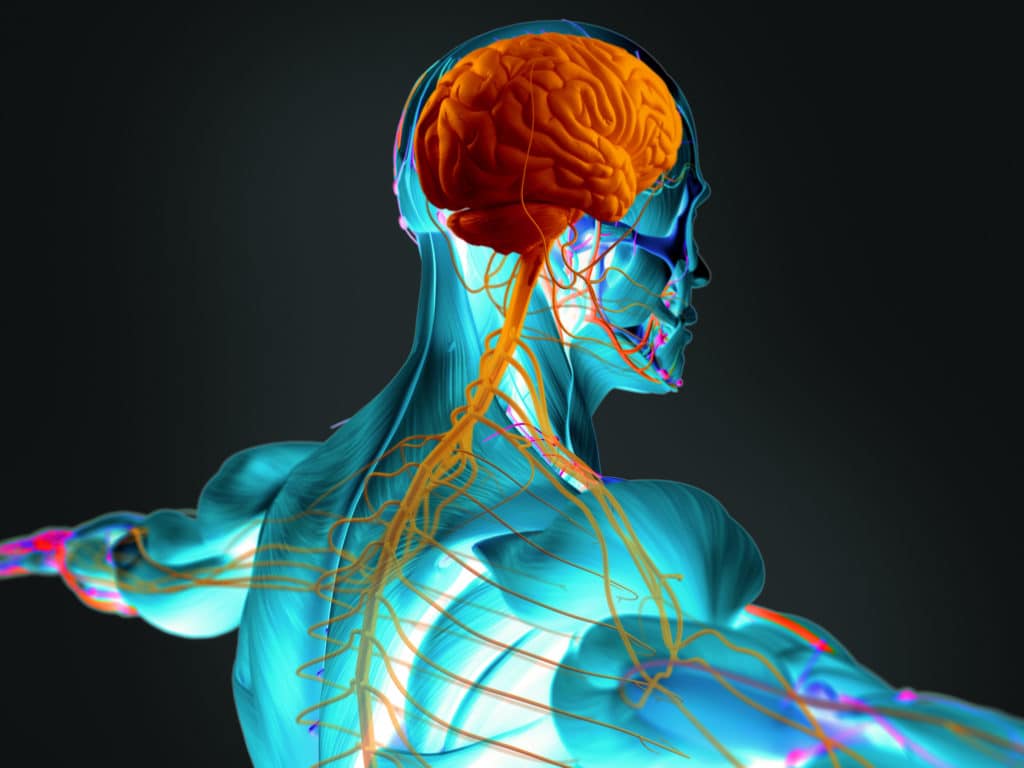Lifestyle risk factors of stroke
According to the American Heart Association/American Stroke Association Guidelines, the lifestyle risk factors of stroke include:
- Elevated blood pressure
- Cigarette smoking
- Excess abdominal weight
- Diabetes
- Physical inactivity
- Poor eating habits
- Binge drinking or exceeding thirty alcoholic drinks a month
- Cardiovascular diseases such as atrial fibrillation
- Psychological factors such as stress or depression
- Blood fat ratio – apolipoprotein (Apo B) to apolipoprotein (Apo Al)
- Air pollution
- Hormone replacement therapy
- Sickle cell disease
Two kinds of stoke are most common. An ischemic stroke occurs when the artery that supplies blood to the brain becomes blocked, with resultant neurological deficits. A hemorrhagic or bleeding stroke occurs when an unhealthy vessel in the brain ruptures.
All of the lifestyle factors above are connected with a higher incidence of ischemic stroke, whereas elevated blood pressure may be related to an increased chance of a bleeding stroke. These risk factors of stroke may also be related with the risk of suffering a myocardial infarction or heart attack.
You can significantly lower your risk of stroke with specific intervention programs that involve:
- anticoagulant drugs
- monitoring and controlling blood pressure
- stopping cigarette smoking
- following a healthy diet
- following an exercise regime
The key here will be implementing the positive health changes to get desired results.
References
- [Guideline] Goldstein LB, Bushnell CD, Adams RJ, et al. Guidelines for the Primary Prevention of Stroke. A Guideline for Healthcare Professionals From the American Heart Association/American Stroke Association. Stroke. 2010 Dec
Last reviewed 24/Feb/2017
Editor
Latest posts by Editor (see all)
- Oily fish and diabetes prevention - 04/06/20
- Manage the andropause - 11/12/17
- Testing testosterone levels - 07/12/17
